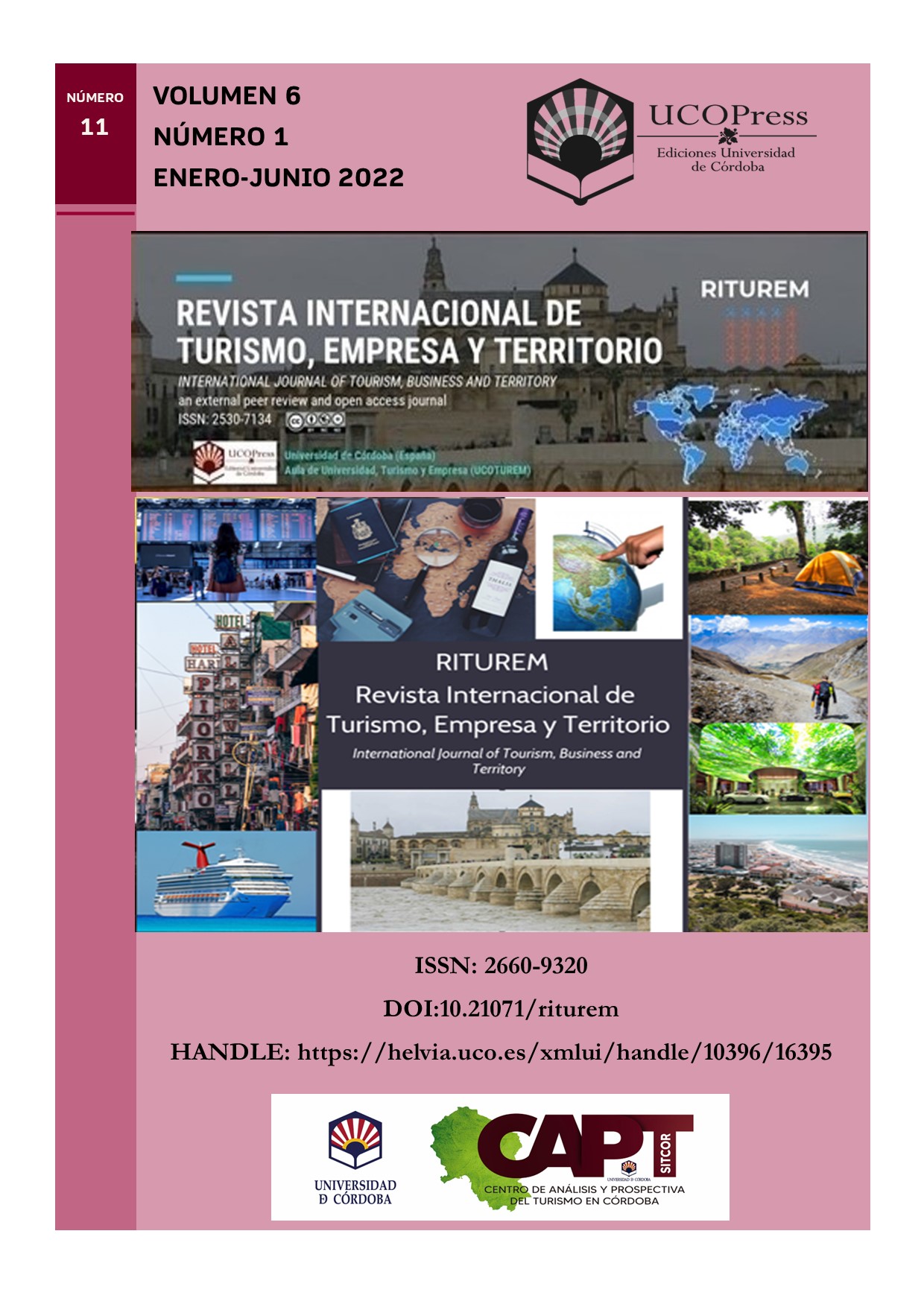The reality of tourism in Manabí and the Circular economy (Ecuador) as a potential for tourism sustainability
Main Article Content
Abstract
After the 2016 earthquake, the coastal provinces of Manabí and Esmeraldas were hit by a telluric phenomenon that greatly affected the tourism sector, currently accentuated by the pandemic presence that has put the economy of this sector at serious risk. This study analyzes the operation of the Reactivation Agenda (AR) proposed by the Ecuadorian Government as a result of the 2016 earthquake, focusing on the circular economy as a proposal for sustainability in complementary tourism services: hotels and restaurants. The methodology used is the comparative analysis of the goals proposed in the RA and the achievements obtained by 2019, in addition to interpreting the intervention of the circular economy as a management model within the framework of investigations of the Manabí Citizen Observatory and the use of the circular economy as a management potential for the reuse of solid waste in Portoviejo-Manabí. The main findings are that the achievements in the tourism sector do not conform to what was planned in the RA and that the execution of the projects has not been satisfactory to the proposed goals, in addition to the absence of inter-institutional coordination in the management thereof. On the other hand, in the city of Portoviejo (hotels and restaurants) between 50 and 100 kg of solid waste are produced daily, which could be considered within the circular economy, as a mechanism of environmental sustainability, the reuse of them.
Keywords: Tourism, circular economy, sustainability, biodegradable waste, Manabí, Ecuador.
Downloads
Article Details
Copyright Notices Proposed by Creative Commons
Proposed policy for journals offering deferred open access
Those authors who have publications with this journal, accept the following terms:
1. The authors will retain their copyright and guarantee to the journal the right of first publication of their work, which will be simultaneously subject to the Creative Commons Recognition License CC BY-NC 4.0 (Creative Commons — Attribution-NonCommercial 4.0 International — CC BY-NC 4.0 ) hird parties to share the work provided that its author and its first publication is indicated this journal and no commercial use is made.
2. Authors may adopt other non-exclusive licensing agreements for the distribution of the published version of the work (e.g., deposit it in an institutional telematics file or publish it in a monographic volume) provided that the initial publication is indicated in this journal.
3. Authors are allowed and recommended to disseminate their work over the Internet (e.g. in institutional telematics files or on their website) before and during the submission process, which can produce interesting exchanges and increase citations of the published work. (See The effect of open access: http://opcit.eprints.org/oacitation-biblio.html.
